We took you through the fascinating history behind the colourful flag of Malaysia last time. This month, we’re back again with another story about the flag of Nepal! Read on to learn more about it…
A flag represents a free nation and symbolises a nation’s nationality, national unity, and pride. Almost all the countries are represented by a rectangular or square flag except Nepal.
The present design was adopted in 1962 and borrowed from the traditional design, which is believed to have been used since the time of Mahabharata. In the 18th century, Prithvi Narayan Shah, the king of Gorkha, ran the unification campaign. He unified many smaller states into a single nation, Nepal. Any foreign country never colonised Nepal. Hundreds of years later, the new constitutional government was formed on December 16, 1962. Only then the national flag of Nepal was modernised with standards set to draw the Nepali flag.
Before 1962, the National flag of Nepal had faces shown on the moon and the sun, with eyes, ears, nose and a symbol on the forehead. With modernisation, the faces were removed, and only the sun with 12 triangular rays and the moon with eight triangular rays were shown.
On 20th Sep 2020, the tallest building, Burj Khalifa in Dubai, UAE, celebrated Nepal’s Constitution Day by changing its colour to the country’s flag.
Nepal Flag: Colour Symbolism
Nepal’s national flag is a combination of two single pennons. There are three colours—crimson red, white and blue in the national flag of Nepal.
The Crimson Red: the red in the national flag of Nepal is the symbol of bravery and represents the colour of Nepal’s national flower, the Rhododendron. The two triangles symbolise the Himalaya Mountains and represent the two major religions in Nepal—Hinduism and Buddhism. The triangular red flag has been a Hindu symbol of victory since Ramayana and Mahabharata. Crimson red in the Nepali flag stands for their victory in war.
Blue: The blue border symbolises the peace and harmony prevalent in the country since the age of Gautama Buddha, who was born in Nepal. Blue on the border of the flag represents the colour of peace. According to S N Rimal who redesigned Nepal’s Flag in 1962, the blue circumferences represented the sky over the Himalayan mountains.
White in celestial bodies: There are two pennants in Nepal’s flag. The upper pennon has a crescent Moon, and the lower pennon has the Sun. The inclusion of the celestial bodies in white indicates Nepal’s permanence and the hope that Nepal will enjoy the same longevity as the Sun and the Moon. The moon also symbolises the chilling weather of the Himalayas, whereas the sun symbolises the warmth and the high temperature of the southern lowlands, Terai. Additionally, the stylised moon represents the calm, demeanour and purity of spirit of the Nepali people, while the stylised sun shows their fierce resolve.
Origin of Nepal’s flag
Nepal’s flag has been used since the ancient Vedic period and is the country’s name. It is also mentioned in Mahabharata and Vedas. But the origin of the flag of Nepal is unknown. In 1962, Nepal modernised its National flag, and the new design followed the original design with some minor changes. At the request of King Mahendra, Shankar Nath Rimal, a renowned architect back then, redesigned the modern flag of Nepal.
Interesting facts behind Nepal’s flag
- Nepal’s Flag is the only non-quadrilateral flag in this world.
- Nepal’s Flag has been displayed on the planet’s tallest building, Burj Khalifa, to celebrate Nepal’s constitution day.
- The triangular shapes in Nepal’s Flag stand for the mountains.
- The Sun and the Moon on the flag are associated with two dynasties in the Hindu Vedic tradition of Kshetriya Kings, also known as “Suryavanshi” and “Chandravanshi”.
- The 12 rays of the Sun represent the 12 months and the 12 signs of the zodiac as they are related to the sun’s movement.
Colours of Nepal’s Flag
The flag of Nepal is a non-rectangular flag made of two triangular shapes. It has a crimson background with a blue border, both popular colours in Nepalese colour culture. The upper segment has a white moon scattering eight rays, with a crescent attached below. A white, stylised sun with 12 rays is in the flag’s bottom section.
Firstly the red rectangular shapes, after modernisation, represent the Himalayan mountaintop rectangles representing two major living religions in Nepal—Hindu & Buddhism. The Crimson red used in Nepal’s Flag symbolises the BRAVERY of a Nepali.
Whether this Blue is meant for PEACE and PURITY in the soul, the way of living lives as Lord Buddha showed. Meaningful right? Then including these colours of the Nepal Flag in your home painting thoughts won’t be a bad idea.
Just let the ceiling white. Like in each pennon of Nepal’s flag, there is the Sun and the crescent Moon in white, indicating Nepal will remain happy and healthy as long as the Sun and the Moon shine in blue.
The moon symbolises the chilling weather of the Himalayas and the PURITY of Nepalese people. At the same time, the sun symbolises the warmth and the high temperature of the southern lowlands and Nepal’s FIERCE RESOLVE.
Conclusion
Apart from the flag, Nepal has many more unique things. The highest mountains are there, which is an attraction to mountain climbers and tourists all around the world. There are several Hindu and Buddha temples. Situated in the lap of the Himalayas, Nepal has great weather and sun. People and the culture are also very nice. The beauty of Nepal lies in its rugged terrain consisting of majestic mountain peaks, glaciers and valleys.
FAQs
Why is Nepal’s flag not rectangular?
The fact is a European country has never colonised Nepal. The trend of rectangular flags is generated mostly by European nations. Later almost every present-day country got inspired by that when creating their modernised flags. But Nepal kept the original.
Why is Nepal’s flag different?
The national flag of Nepal is different as it’s the world’s only national flag that is non-quadrilateral in shape. Nepal’s Flag is a simplified combination of two single pennons.
What is unique about Nepal’s flag?
The Nepali flag is unique not only in design but also in its shape.
Unlike the flags of other countries, the Nepali flag is the only flag in the world that is non-quadrilateral in shape. Nepal’s Flag is a simple combination of two triangles.
Why is Nepal’s flag such a unique shape?
The triangular design of modernised Nepal’s Flag represents mountains. Those triangles also represent two big religions in Nepal—Hinduism and Buddhism. Also, the country’s flag has remained the same for quite a long period.
How many corners are there in the Nepal flag?
There are five corners in the flag of Nepal. Generally, there are only four corners in any other country’s flag. But Nepal’s flag is not the same shape as others. It’s not a rectangle. A Nepali flag contains two merging triangular figures.
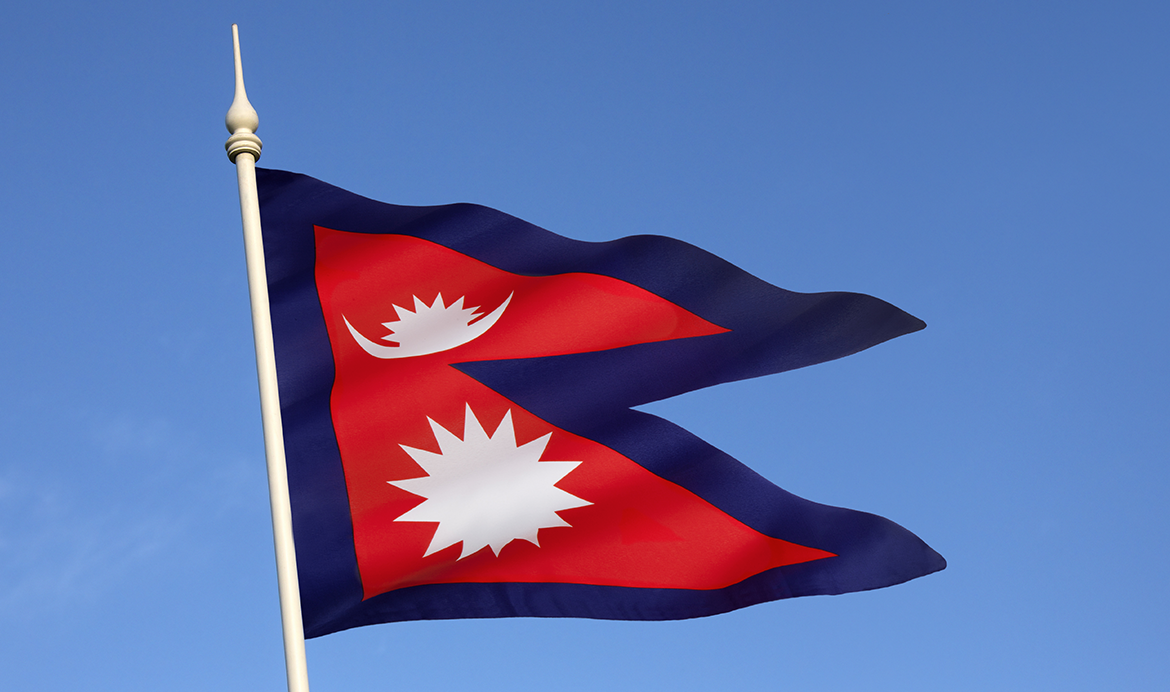
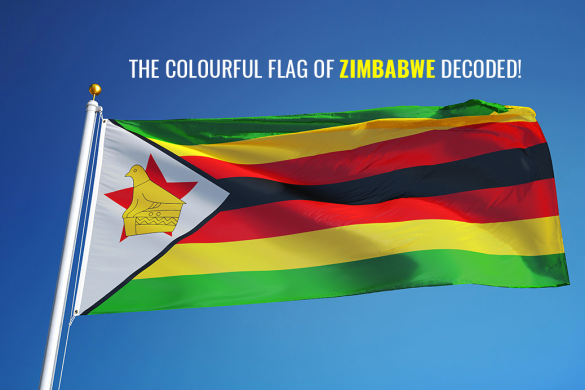
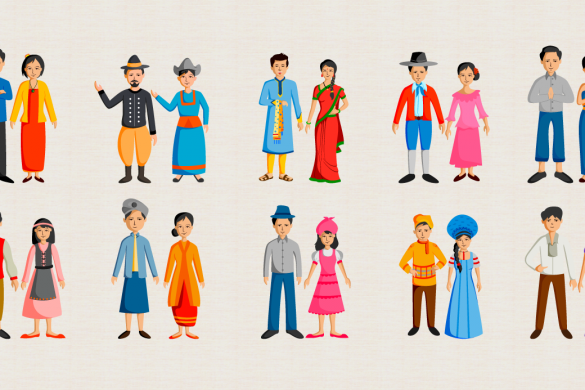
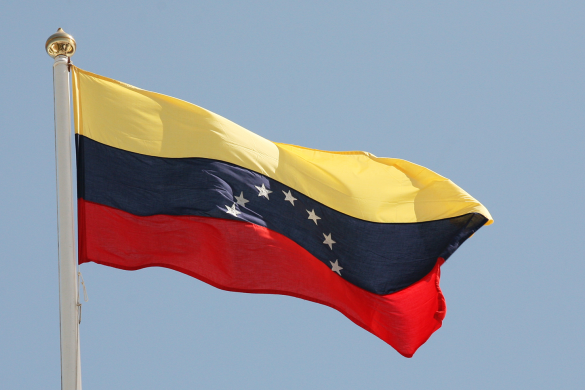
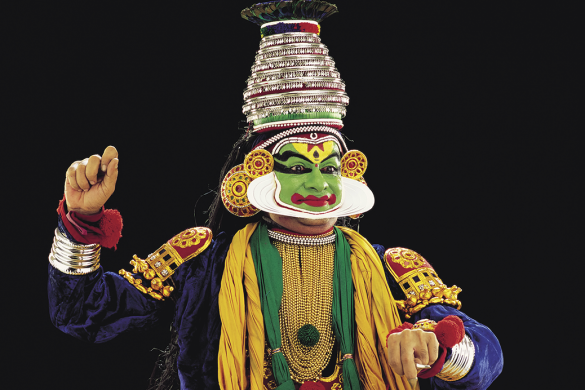
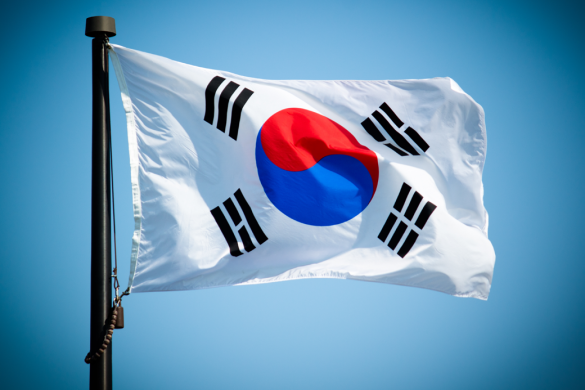
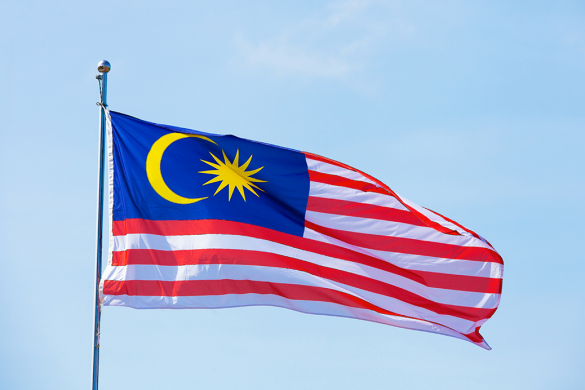

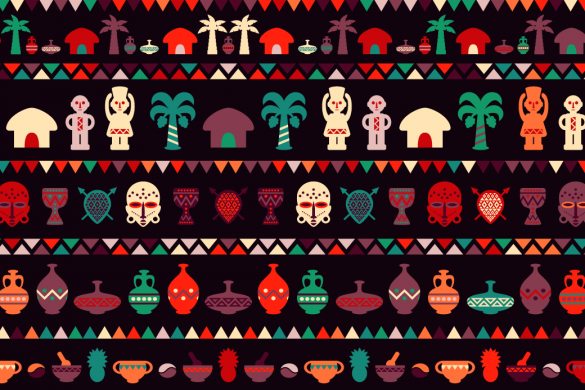
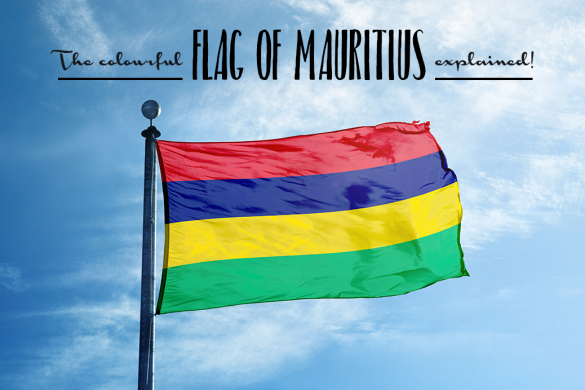


1 comment
wow